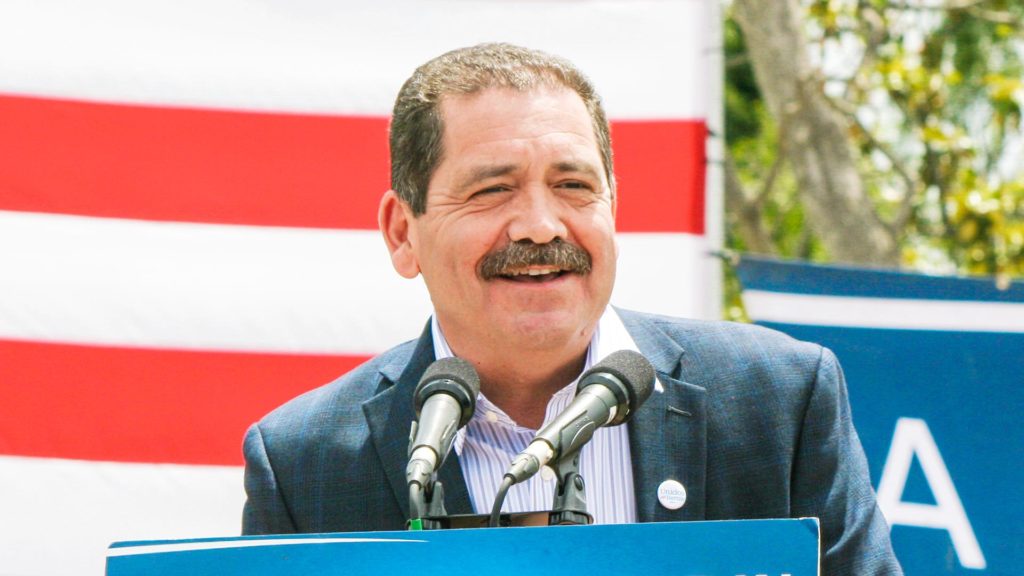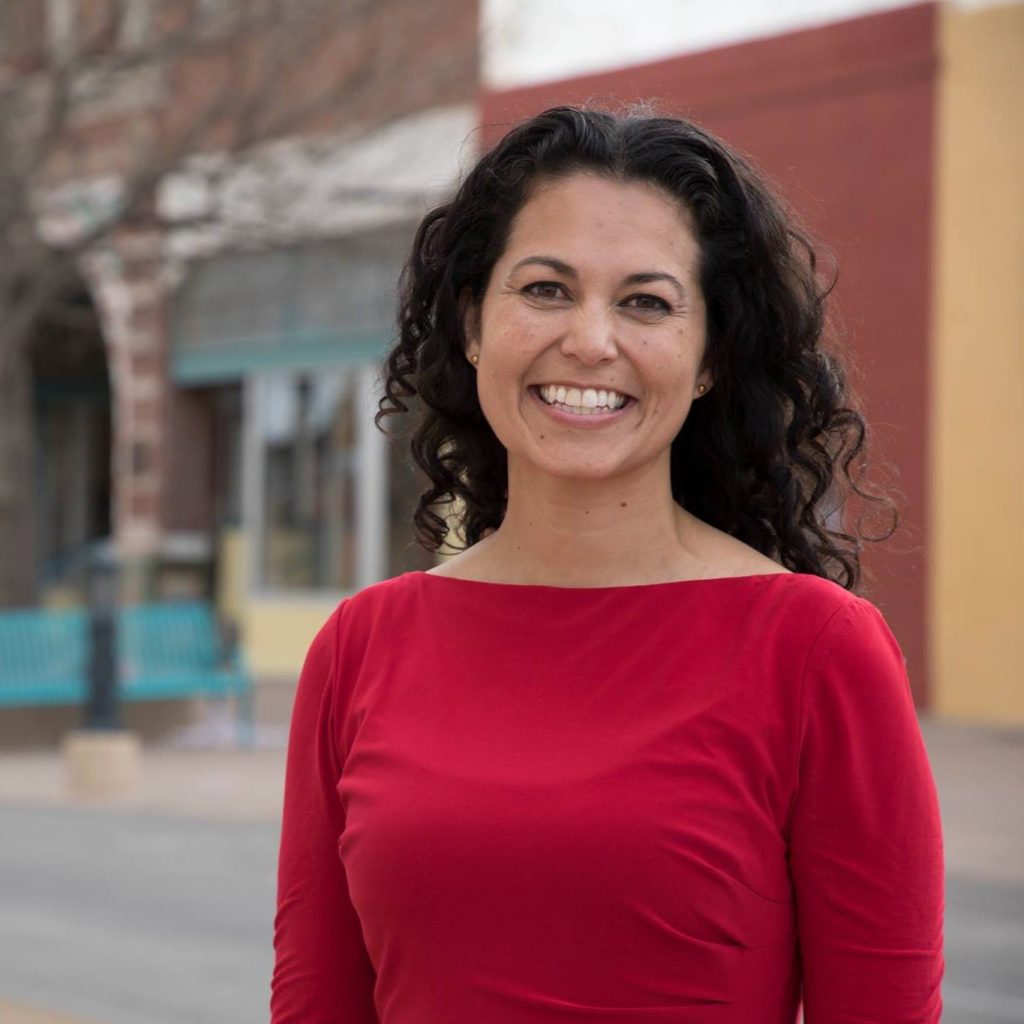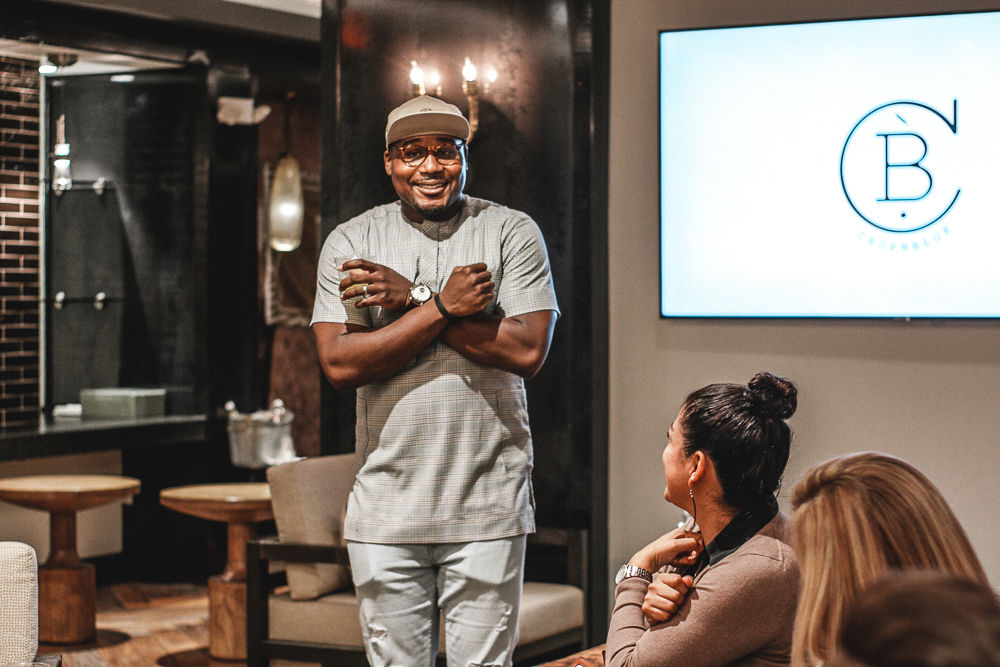At the core of any democratic government lays the idea that a group of people should have equal representation in their governing bodies. In other words, every person should feel like they have a representative that speaks to their issues and experiences in places of power. Every person should have the opportunity to express their unique concerns to an official who can then create legislation from their concerns to present to the government, in an effort to make life even better for those that they are representing.
While this idea may seem exciting, it is, in fact ripped from utopia. In most cases, especially in the landscape of modern democracy, countries around the world, but especially in the United States, have had their political dealings distorted by funding from political action committees and big corporations. Now, rather than working in the interest of the people that they are slated to represent, many politicians have been accused of being more focused on the interests of the corporations they are funded by.
Another point of contention for many constituents is the lack of ethnic and social diversity among the members of Congress and Senate. In an America that is quickly shifting to a “Minority-Majority” or an increase in the presence of non-white citizens across the country, many people cried out for a more representative body of people to represent an America that looks like a melting pot. In November’s midterm elections, many people got their wish.
With record-breaking voter turnout numbers being reported nationwide, American voters made it clear that they were interested in changing the way they were being represented. A record number of Democrats unseated Republicans, and while there were a few key races which Democratic nominees were unable to win, the number of votes signaled a shift in the political arenas.
Most interesting, is the varying amount of culture represented in the freshmen class of Congress. This year, the American people elected their first Muslim congresswomen, their first Indigenous congresswoman, several members of the LGBTQIA community, and elected several Black Americans as representatives in communities that had largely been represented by white men.
Several of these new members of congress also know first hand what it’s like to be an immigrant in the United States, as either they, or their parents dealt with the same situations. Below, you’ll meet three who are making history and representing the American people in ways that haven’t really been accomplished before.
Ilhan Omar – Minnesota
Ilhan Omar, who will represent Minnesota’s 5th district, was born in Mogadishu, Somalia. Her family fled to the United States in 1995, after spending four years in a refugee camp in Kenya. She became a citizen in 2000, and earned two bachelor’s degrees from North Dakota State University in 2011. Omar will be one of the first Muslim women to be elected to Congress and the first woman to wear a religious head covering in the House of Representatives.
Jesus Garcia – Illinois

Jesus Garcia, who will represent Illinois’ 4th district when the new session of congress begins in January, was born in Durango, Mexico. His father was a farm laborer through the United States’ Bracero Program, which was organized during World War II as an agreement between Mexico and the United States, supplying farm workers during war time in an effort to keep the economy moving. Jesus moved to the United States in 1965 with permanent resident status, and settled in Chicago. He went on to receive both undergraduate and graduate degrees from the University of Chicago at Illinois, and has held a number of positions in local government since then.
Xochitl Torres Small – New Mexico

While she was raised in Las Cruces, New Mexico, Xochitl Torres Small comes from a family that immigrated from Mexico. Stories of her grandmother leaving Mexico and working tirelessly to achieve her American dream inspired her as a young girl. She charted a journey of her own beyond the borders of the United States, when she left home to study at an international school in South Africa when she was just 16 years old. There she was able to interact and build friendships with people from around the globe. She then returned home and became a lawyer after graduating from Georgetown and the University of New Mexico at Albuquerque.
With the most diverse class of congress yet, what’s left to be seen is what impact can be made within the legislation that governs the country. With a great deal on the line, especially as it relates to immigration policy, there is a lot to look forward to.
Have you ever considered taking office to represent the interests of people who might not be heard otherwise? What legislation do you hope that these new congress people can bring to the table? Let us know in the comment section.
You might also like
More from Longform
A Houston area entrepreneur brings international flavor to Houston.
Ope Amosu is a perfect example of the intersectional international culture of Houston. While he acknowledges and embraces his Nigerian …















